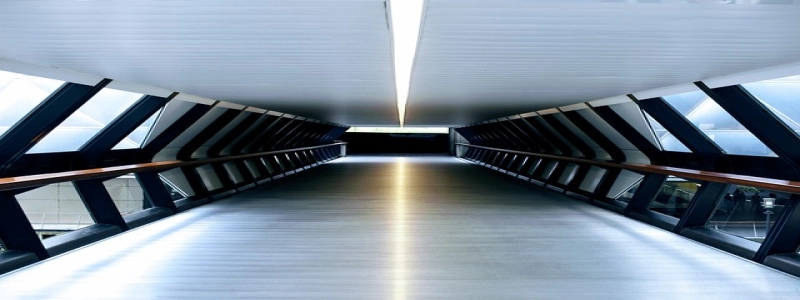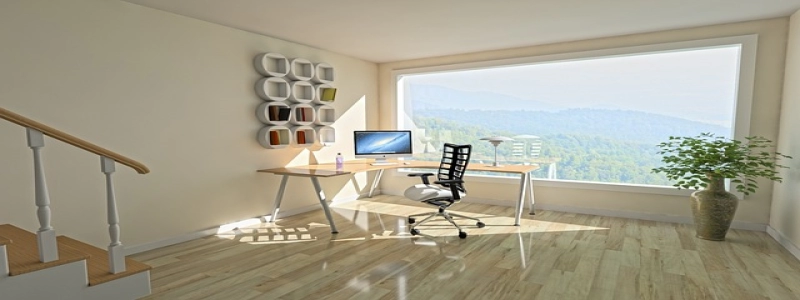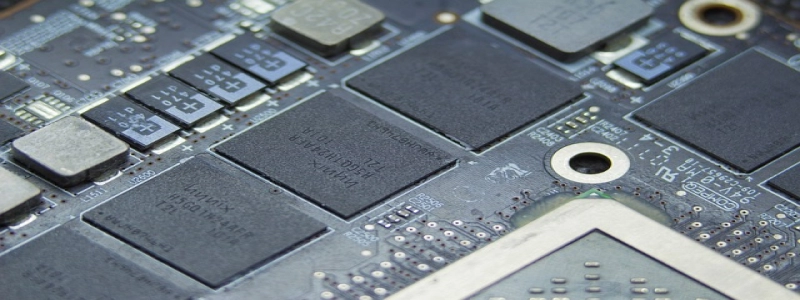Riser Fiber Optic Cable
Introduction:
Riser fiber optic cables play a crucial role in telecommunications systems, providing high-speed, reliable data transmission in various infrastructures. This article will discuss the features, types, and advantages of riser fiber optic cables, as well as their applications in different environments.
je. Features of Riser Fiber Optic Cables:
Riser fiber optic cables are designed to be used in vertical applications, connecting devices or network components in different floors or levels of a building. They possess several key features that make them ideal for this purpose. These include:
1. Fire Resistance: Riser fiber optic cables are manufactured with fire-resistant materials, ensuring safety while transferring data between floors. This feature prevents the cable from spreading fire along the vertical path.
2. Enhanced Durability: Riser cables are built to withstand the challenges of installation in vertical spaces, often exposed to tension and bending. Their construction minimizes the risk of fiber breakage, ensuring consistent performance and longevity.
3. Low Smoke Zero Halogen (LSZH) Properties: To meet safety standards, riser fiber optic cables are often designed with LSZH materials. These materials produce minimal smoke and no toxic halogen gases when exposed to fire, making them suitable for indoor applications.
II. Types of Riser Fiber Optic Cables:
Riser fiber optic cables come in different types, each suited for specific applications and environments. The following are three common types:
1. Tight-Buffered Riser Cables: These cables feature a protective buffer coating directly applied to individual fibers, offering added protection during installation. The tight-buffered design makes them suitable for indoor use, such as connecting equipment floors within a building.
2. Distribution Riser Cables: Designed for more extensive installations, distribution riser cables have multiple tight-buffered fibers enclosed in a central tube. They are easy to install, as the fibers can be individually accessed at each floor level, thereby reducing the risk of damage during cable routing.
3. Loose-Tube Riser Cables: Ideal for outdoor applications, loose-tube riser cables consist of several loose fibers enclosed in gel-filled tubes. These cables feature excellent water and moisture resistance, making them suitable for riser-to-riser connections in building backbones.
III. Advantages and Applications:
Riser fiber optic cables offer numerous advantages over traditional copper cables, making them widely used in various applications. Some of the benefits and applications include:
1. Bande passante élevée: Riser fiber optic cables provide immense data-carrying capacity, allowing for faster and more reliable data transmission, supporting bandwidth-intensive applications found in offices, campuses, or data centers.
2. Long Transmission Distance: Fiber optic cables can transmit data over long distances without significant signal degradation. Riser cables are used for vertical transmission between floors, ensuring uninterrupted communication and data transfer.
3. Immunity to Electromagnetic Interference (EMI): Unlike copper cables, fiber optic cables are immune to EMI, ensuring the reliability of communication systems even in electrically noisy environments.
Conclusion:
Riser fiber optic cables are essential components in modern communication systems, providing high-speed, reliable data transmission between different floors of a building. By considering their features, types, and advantages, it becomes clear that riser cables are a superior choice for vertical applications in various environments.







